1 of 8
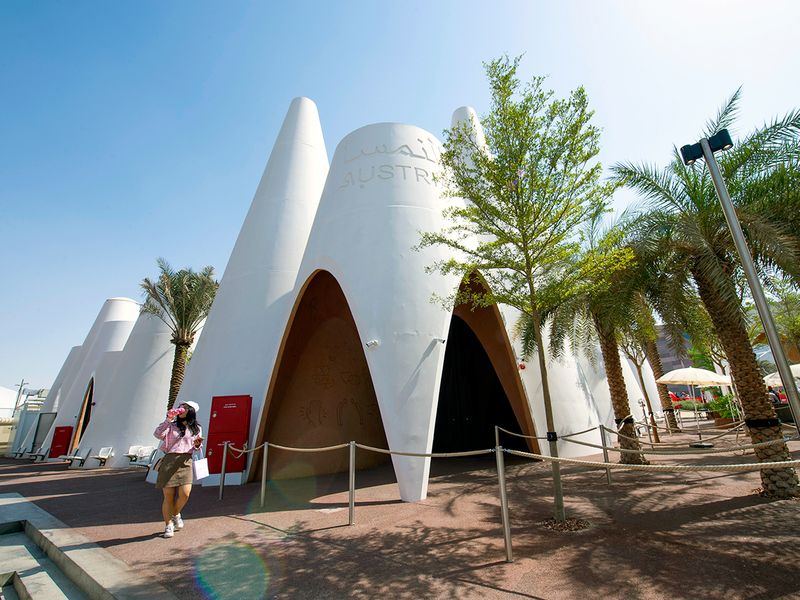
2 of 8
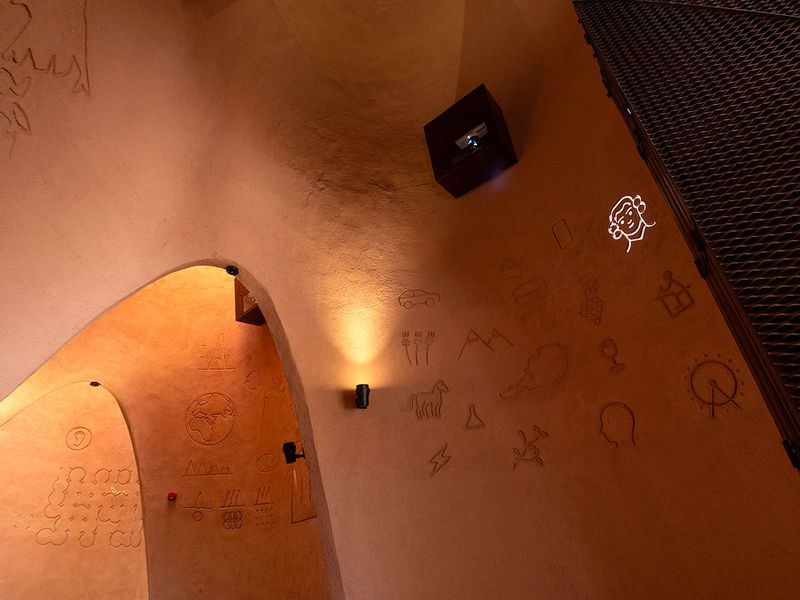
3 of 8
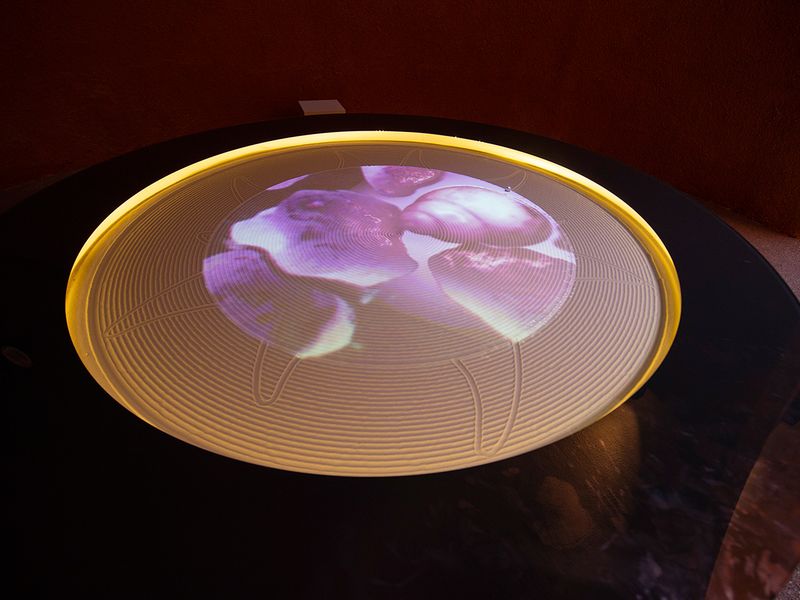
4 of 8

5 of 8
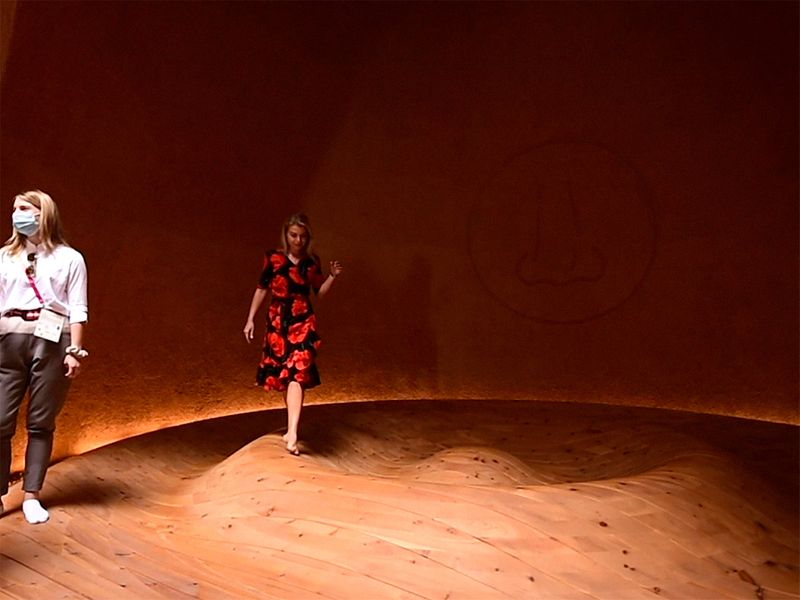
6 of 8
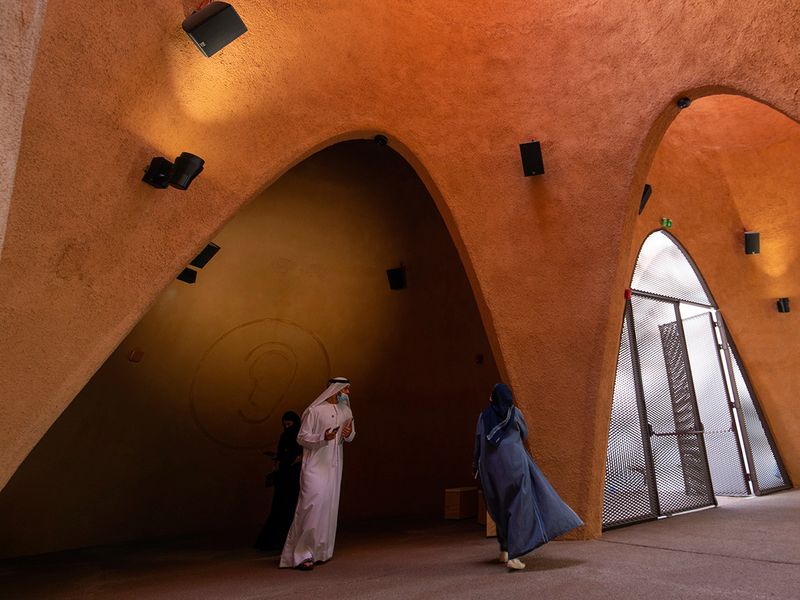
7 of 8
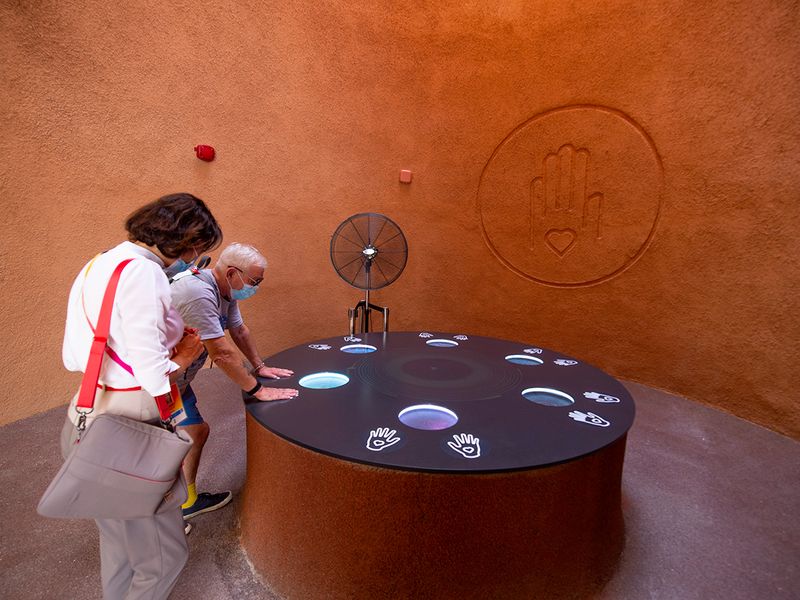
8 of 8
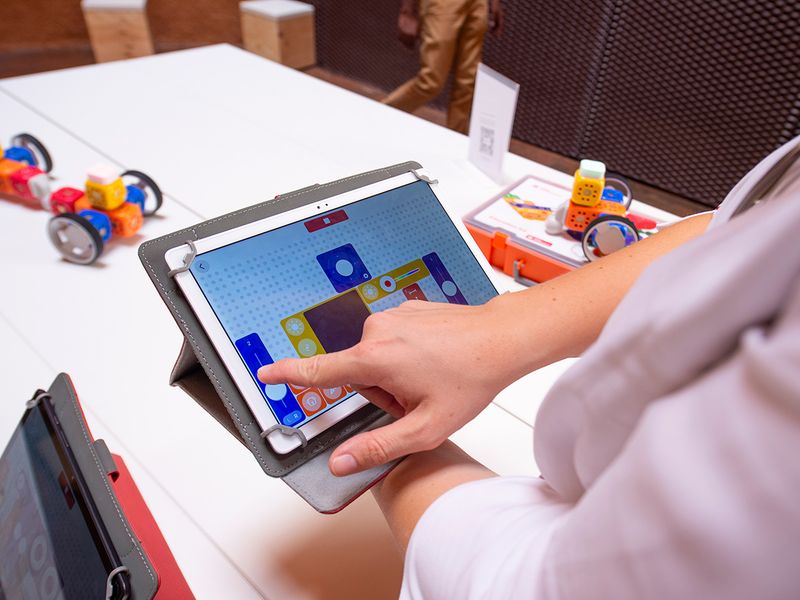
Here’s your chance to see the air, smell the Alps and draw pictures with your heartbeat







